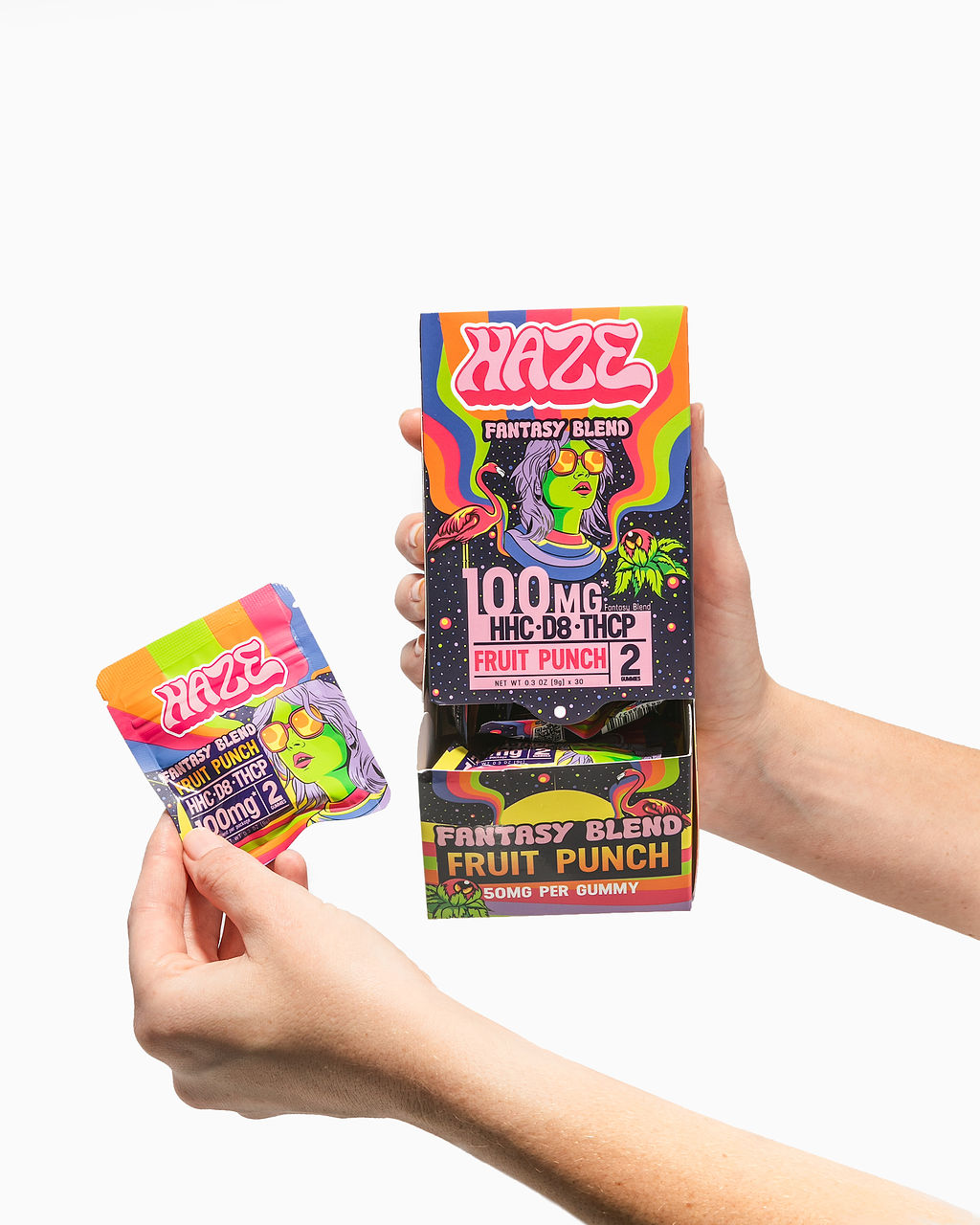Effects on Neurotransmitters

Kratom, an herbal supplement derived from the Mitragyna speciosa tree, has gained popularity for its purported mood-altering and pain-relieving effects. Central to understanding these effects is the impact of kratom on neurotransmitters, the chemical messengers that transmit signals throughout the brain and body. By modulating the levels and activity of key neurotransmitters such as dopamine, serotonin, and opioids, kratom can influence various aspects of cognition, emotion, and physical sensation.
Dopamine
Dopamine is a neurotransmitter closely associated with pleasure, reward, and motivation. Kratom interacts with dopamine receptors in the brain, affecting its signaling pathways. Some studies suggest that kratom may increase dopamine levels, contributing to its potential mood-elevating effects. However, the precise mechanisms by which kratom influences dopamine are complex and not fully understood.
Serotonin

Serotonin is another neurotransmitter significantly affected by kratom. Serotonin plays a crucial role in regulating mood, sleep, appetite, and social behavior. Kratom appears to increase serotonin activity, potentially contributing to its reported effects on anxiety, depression, and pain perception.
While the exact mechanisms are still being investigated, it is believed that kratom may bind to serotonin receptors or influence serotonin reuptake, thereby increasing serotonin levels in the brain.
Glutamate
Glutamate is the most abundant excitatory neurotransmitter in the central nervous system. It plays a critical role in learning, memory, and synaptic plasticity. While research on kratom’s direct effects on glutamate is limited, some studies suggest that it may indirectly influence glutamatergic pathways. Kratom’s interaction with opioid receptors could potentially modulate glutamate release or activity, although further investigation is needed to clarify this relationship.
Endorphins
Endorphins are natural neurochemicals produced by the body that act as pain relievers and mood elevators. They are part of the body’s endogenous opioid system, which also includes receptors for exogenous opioids like morphine.
- Kratom contains compounds that can bind to opioid receptors in the brain, mimicking the effects of endorphins. This binding can lead to a reduction in pain perception and an increase in feelings of euphoria.
- While kratom does not directly stimulate endorphin production, its interaction with opioid receptors may indirectly influence the release or activity of endorphins.
Impact on Receptors
The effects of kratom on brain chemistry are primarily mediated through its interactions with various neurotransmitter receptors. Kratom’s active compounds bind to these receptors, altering the signaling pathways and influencing a range of physiological and psychological processes.
Mu-Opioid Receptor
One of the key receptors impacted by kratom is the mu-opioid receptor. This receptor plays a central role in mediating the effects of opioids like morphine and heroin. Kratom alkaloids, particularly mitragynine and 7-hydroxymitragynine, have a high affinity for mu-opioid receptors.
Activation of these receptors by kratom leads to a variety of effects, including pain relief, euphoria, sedation, and respiratory depression. The binding of kratom alkaloids to mu-opioid receptors can also influence the release and activity of other neurotransmitters like dopamine and serotonin, further contributing to the complex effects of kratom on brain chemistry.
Kappa-Opioid Receptor
Another receptor significantly impacted by kratom is the kappa-opioid receptor. This receptor plays a role in regulating pain perception, mood, and anxiety. Kratom alkaloids, particularly 7-hydroxymitragynine, have a high affinity for kappa-opioid receptors.
Activation of kappa-opioid receptors by kratom can lead to a number of effects, including:
- analgesia (pain relief)
- sedation
- dysphoria (a sense of unease or discomfort)
- potential for addiction
5-HT2A Receptor
The 5-HT2A receptor is a serotonin receptor subtype that plays a role in various cognitive and physiological processes, including mood regulation, perception, and cognition. Kratom has been found to interact with the 5-HT2A receptor, potentially contributing to its effects on these domains.
- Activation of 5-HT2A receptors can lead to increased feelings of euphoria and stimulation, which may contribute to kratom’s reported mood-elevating effects.
- Stimulation of 5-HT2A receptors is also thought to be involved in hallucinogenic experiences, and some users of kratom report experiencing altered perceptions or visual disturbances.
Influence on Brain Regions
The diverse effects of kratom can be attributed to its intricate interactions with various neurotransmitter systems within the brain. By binding to receptors for dopamine, serotonin, opioids, glutamate, and others, kratom influences a wide range of physiological and psychological processes.
Prefrontal Cortex
The prefrontal cortex (PFC) is a crucial brain region involved in higher cognitive functions such as decision-making, planning, working memory, and impulse control. Kratom’s effects on the PFC are complex and not fully understood, but some studies suggest potential impacts.
Kratom’s interaction with dopamine receptors in the PFC may influence motivation, reward processing, and decision-making. Dopamine plays a key role in these cognitive processes, and alterations in dopaminergic signaling within the PFC can affect goal-directed behavior and impulse control.

Furthermore, kratom’s effects on serotonin systems, which also modulate activity in the PFC, could contribute to changes in mood regulation, attention, and emotional control. Serotonin is involved in regulating emotional responses and cognitive flexibility, and disruptions in serotonergic signaling within the PFC may lead to difficulties in managing emotions or adjusting behavior based on changing circumstances.
It’s important to note that research on kratom’s specific effects on the PFC is still ongoing, and more studies are needed to fully elucidate its mechanisms of action and potential long-term consequences.
Amygdala
The amygdala is a small almond-shaped structure located deep within the brain’s temporal lobe. It plays a critical role in processing emotions, particularly fear and anxiety. Kratom’s impact on the amygdala is thought to be mediated through its interactions with neurotransmitter systems, such as dopamine and serotonin.
Studies suggest that kratom may modulate activity in the amygdala, potentially influencing emotional responses and fear conditioning. By affecting dopamine signaling in this brain region, kratom might contribute to changes in mood and reward-related behaviors. Additionally, kratom’s effects on serotonin systems could also impact amygdala function, potentially modulating anxiety levels and fear reactivity.
Hippocampus
The hippocampus is a seahorse-shaped structure located deep within the brain’s temporal lobe. It plays a crucial role in learning and memory formation.
- Kratom may influence hippocampal activity through its interactions with various neurotransmitter systems, particularly dopamine and serotonin.
- Dopamine is essential for synaptic plasticity, the process by which connections between neurons are strengthened or weakened during learning.
- Serotonin also contributes to memory consolidation and retrieval.
While research on kratom’s specific effects on the hippocampus is limited, some studies suggest that it may impact learning and memory processes. Further investigation is needed to fully understand the complex interplay between kratom and hippocampal function.
Potential Downstream Effects
Understanding the potential downstream effects of kratom requires exploring its influence on various brain regions and their functions. Kratom’s interaction with neurotransmitter systems can have cascading effects, impacting cognitive processes, emotional regulation, and physical sensations.
Mood Regulation
Kratom’s impact on mood regulation is complex and multifaceted. It interacts with multiple neurotransmitter systems involved in regulating emotions, such as serotonin and dopamine. By modulating their levels and activity, kratom can influence mood states, potentially leading to feelings of euphoria, relaxation, or even dysphoria depending on the dose and individual factors.
However, chronic use of kratom may lead to adaptations in these neurotransmitter systems, potentially contributing to dependence and withdrawal symptoms. Long-term effects on mood regulation are not fully understood and warrant further research.
It’s important to note that individual responses to kratom can vary significantly due to factors like genetics, dosage, frequency of use, and pre-existing conditions.
Pain Perception
Potential downstream effects of kratom’s impact on brain chemistry include alterations in pain perception, mood regulation, cognitive function, and emotional processing.
- Pain Perception
- Mood Regulation
- Cognitive Function
- Emotional Processing
Cognitive Function
Potential downstream effects of kratom’s interaction with brain chemistry can be wide-ranging, impacting various aspects of cognitive function and overall well-being. Chronic use could lead to adaptations in neurotransmitter systems, potentially resulting in dependence and withdrawal symptoms.
Changes in pain perception are a key effect of kratom, likely due to its interaction with opioid receptors. However, prolonged use might lead to tolerance, requiring higher doses to achieve the same analgesic effect.
Mood regulation is another area significantly influenced by kratom’s effects on dopamine and serotonin systems. While it may initially induce feelings of euphoria and relaxation, long-term use could disrupt these delicate balances, potentially leading to mood swings, anxiety, or depression.
Kratom’s impact on cognitive function is complex and not fully understood. While some studies suggest potential benefits for attention and focus, others indicate possible impairments in memory and decision-making, particularly with chronic use.
Emotional processing can also be affected by kratom’s influence on the amygdala, a brain region crucial for fear and anxiety regulation. Potential consequences include heightened emotional reactivity, difficulty managing stress, and increased vulnerability to anxiety disorders.
Order Kratom Gold Shots for Relaxed Focus
- Why CBD Gummies Are A Great Option For Pain Management Without THC - November 6, 2025
- What Is The Best Filler For Sagging Face? - November 3, 2025
- What Are The Benefits Of CBD Gummy Edibles For Energy Boost - November 2, 2025
